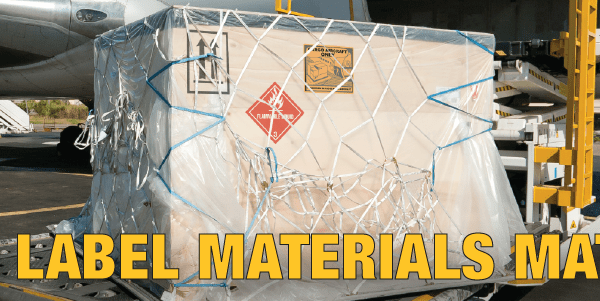Health Canada publishes proposed GHS regulations – to continue worker protection while harmonizing with US
The long-awaited proposed Hazardous Products Regulations (HPR – WHMIS 2.0), to replace the Controlled Products Regulations, were published in the August 9, 2014 edition of the Canada Gazette I. These regulations follow from the Hazardous Products Act (HPA) and are being re-issued to implement elements of the GHS (Globally Harmonized System) for workplace hazard communication.
Implementation: While there isn’t yet a firm implementation date, Health Canada has formally indicated in the Regulatory Impact Analysis Statement, introducing the proposed HPR, that the intent is to produce the final version by December 1, 2014. Implementation will include a transition period to start no later than June 1, 2015. The actual date is tied to the “in force” date for the revised HPA (see Bill C-31 – WHMIS 2.0: Another Step on the Journey (GHS In Canada) June 23, 2014), when ordered by the Governor in Council.
There is a 30 day period, until September 8, 2014, for interested parties to submit comments before the final version is prepared.
Content: The proposed text of the HPR is essentially the same as the “pre-Gazette” consultation paper made available in July, 2013. A notable change is referencing the 5th Edition of the UN model (“Purple Book”) instead of the 3rd. In this penultimate version Health Canada has tried to keep to their stated principals of maintaining worker protection, enhancing trade – particularly by maximizing harmonization with OSHA HazCom 2012, and working within the constraints of the Canadian constitutional/legal general framework (e.g. no supplier “unilateral” masking of “proprietary information”).
To recap, notable features (in addition to the new GHS symbols/classification protocols), of the proposed HPR include:
- Removal of the disclosure exemption for flavours & fragrances
- Removal of the 3 year review requirement for SDS
- No mandatory “hashed” border on labels (although there’s still a requirement to clearly distinguish between regulated hazard and other information)
- Requirement for supplier’s address/phone number on the label
- Labels must be “easily visible under normal conditions of use, (and) easily legible without the aid of any device other than corrective lenses…”
- Ranges for variable content of disclosable ingredients must be actual ranges- i.e. there’s no “allowable” broad range categories that can used to “protect” confidential information without applying for HMIR permission
- The various requirements to disclose ingredients (e.g. IDL) in the current HPA s.13 have been reduced
- The current CPR s.23 provision for importers, with notification to provincial authorities, to address label/SDS deficiencies on receipt of product has been removed.
The expected addition of Physical/Heath Hazards Not Otherwise Specified as separate categories, inclusion of aspiration hazards as a toxic property and retention of the bio/infectious substance hazard class are all in the proposed HPR.
Stay tuned!
The complete text of the proposed HPR may be obtained from the Canada Gazette website.





